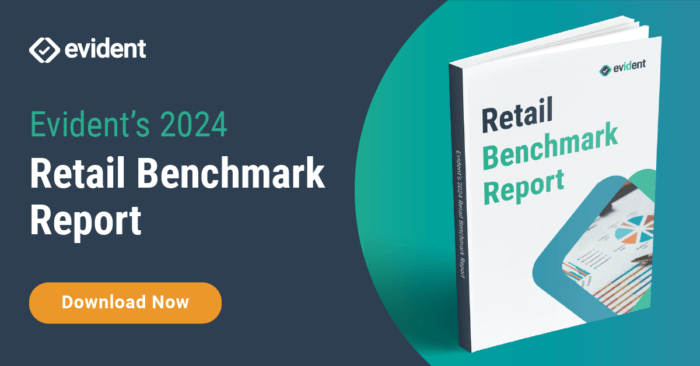Top Risk Categories in Retail: What You Need to Know
November 7, 2023
In the fast-paced and highly competitive world of retail, businesses encounter a multitude of risks that can have a significant impact on their operations, reputation, and financial well-being.
Retailers, regardless of their product or service offerings, must navigate a complex web of challenges, including product quality and safety, regulatory compliance, and market competition.
To shed light on this multifaceted landscape, we present the “Retail Benchmark Report,” which provides a comprehensive assessment of overall risk by category.
Understanding the nature and extent of risks in retail is essential for decision-makers looking to optimize their business strategies and enhance consumer trust.
Overall Risk Levels
Understanding the risk level associated with retail vendors is fundamental for risk managers. This knowledge allows them to make informed decisions that protect the organization’s financial stability, reputation, and compliance with safety and legal standards.
Here are a few reasons why knowing the risk level of retail vendors is crucial:
- Vendor Selection: Risk managers need to carefully select vendors who align with the organization’s risk tolerance and management strategies.
- Liability and Legal Compliance: Vendors pose varying levels of liability and legal compliance challenges. Understanding the risk level of each vendor can reduce the risk of legal issues and product recalls.
- Financial Stability: The financial health of vendors can significantly impact the supply chain. Risk managers must assess the financial stability of vendors to avoid disruptions.
Overview of Risk by Department
Retail categories vary in their risk profiles. Here’s an overview of risk levels by department:
- Low-Risk Categories: These categories have lower associated risks, making them a safer choice for retail operations. They often include products like cotton balls and toothbrushes.
- Standard Risk Categories: These categories have a moderate level of risk associated with them. Examples include products like dairy and baking mixes.
- High-Risk Categories: These categories carry a higher degree of risk, often due to safety concerns. Examples include products like meat and meat alternatives.
Top Reasons for Non-Compliance
Non-compliance is a common challenge in the retail industry.
After analyzing data from over 202,000 retail product vendor profiles the top reason for non-compliance is General Liability.
General liability issues account for a significant portion of non-compliance, including additional insured endorsement forms, each occurrence limit, and expired endorsement forms.
Top Coverage Exceptions Being Made
Analyzing the same dataset, we find the top coverage exceptions being made in retail:
- Additional Insured Endorsement Forms: Non-compliance with these forms often stems from vendors’ lack of understanding. Clear communication is crucial to address this issue.
- AM Best Information: Requiring a good-rated carrier from AM Best can help mitigate future risks and financial fallout.
- Each Occurrence Limit: Unrealistic limits may lead to non-compliance. Adjust these limits to align with industry standards or actual risk exposure.
Specific Category Risks
To provide a more comprehensive understanding of risks in retail, let’s delve into the risks associated with specific product categories:
- Alcohol: Special considerations for auto liability and workers’ comp are necessary due to the growth of alcohol delivery services.
- Bakery: Bakery products, including bread and pastries, have distinct risks and insurance requirements.
- Body Care: Products like lotions and cosmetics require careful attention to safety and quality standards.
- Grocery: Food items, such as canned goods and candies, have their own risk profiles, including product recalls.
- Infants and Children: Products for infants and children must meet stringent safety and quality standards.
- Lifestyle: Retail categories like jewelry and home textiles come with their own set of risks.
- Meat: Meat products vary in risk depending on their source and distribution.
- Meat Alternatives: Products like meatless burgers and tofu have unique considerations for risk management.
- Prepared Foods: Ready-to-eat meals and snacks present their own set of risks, including contamination and recalls.
- Produce/Floral: Categories like berries and leafy greens require special attention to safety and quality standards.
- Seafood: Seafood products, from fresh fillets to shrimp, come with their own set of risks and considerations.
- Service Provider: Professional service providers such as architects, engineers, and marketers have unique liability concerns.
In the ever-evolving world of retail, understanding and managing risks is paramount. The “Retail Benchmark Report” provides valuable insights into the risk landscape, helping retailers make informed decisions about vendor selection, compliance, and risk mitigation.
By addressing category-specific risks and taking the necessary steps to ensure compliance and safety, retailers can navigate the challenges of the retail landscape more effectively, protect their reputation, and maintain financial stability.


